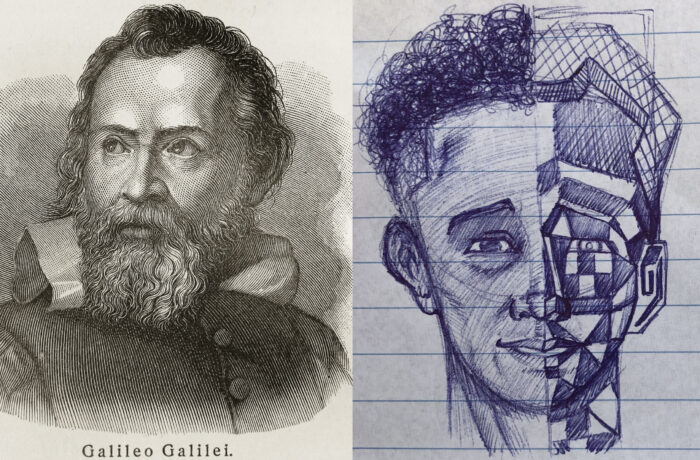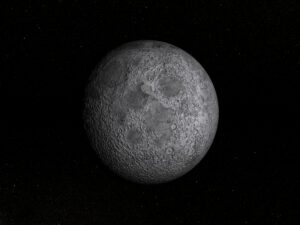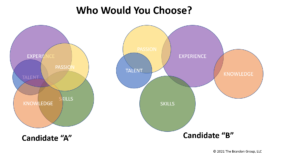Galileo di Vincenzo Bonaiuti de' Galilei was an Italian astronomer, physicist and engineer born in 1564. He lived in a time that was well before telescopes were powerful enough to see mountain ranges on the moon. Yet, Galileo was able to deduce the existence of mountain ranges on the moon well before it could be verified.
Galileo had a passion for art. He knew whenever there was a change in shading on a subject caused by incident light, it meant the surface of that subject had depth proportional to the gradation of that shading. Because of this knowledge, which he gained from practicing his art and nurturing his talents, he concluded the moon had mountains. Adam Grant pointed this out in his book “Originals.”
Several years ago, after I gave a career talk to students at the University of Technology (UTECH) in Kingston, Jamaica, a Computer Science student surprised me with a portrait he drew as I was speaking. Murphy's ballpoint pen drawing depicted me as someone you might see in a sci-fi animated movie.
Murphy was very soft spoken and seemed like a shy and humble young man. I toldMurphy that I loved the drawing, not because it was cool and made me look a lot younger, but because his artistic talent was a great complement to his technical pursuits. He asked, "how might art connect with a person's technical pursuits."
I explained to him that the merging of his art and technical skills reminded me of Galileo. I went on to tell Murphy about Galileo's moon observations and how he, like Galileo, may be able to contribute much more than his computer science training to a potential employer. His artistic talents coupled with his technical skills may significantly enhance the value he brings to a company. One day his talents may allow him to share a unique perspective that will be a positive game changer, an inspirational spark or be the key input needed to solve a difficult problem. He raised his chin a little bit, smiled profusely and then nodded his head in agreement. I encouraged Murphy to keep working hard on both his academic pursuits as well as his artistic pursuits.
When anyone becomes a candidate for a position, I hope hiring managers will see not only what a candidate has accomplished academically and experientially, but also get a good understanding of their talents and passions and how they have applied their gifts. Too often, these attributes are overlooked when candidates are evaluated. However, missing these critical components in what a candidate can bring to a company, will let some very good people get away.
It's also important for hiring managers to see how well candidate attributes and competencies line up with each other as well as with the role they may be seeking to fill.The illustration below shows one candidate with attributes that are weakly aligned and another with strong alignment. Understanding attribute alignment will allow you to make better decisions on which candidates to hire.
In order for companies to do well, they not only need products and services that are in demand and are positively differentiated from their competitors, they also need talented, passionate and diverse individuals to drive continuous improvement and create innovation. At the intersection of academic training, knowledge, innate talents, passion, and diverse experiences lies greatness. Don't let greatness slip through your candidate assessment processes.
“When love and skill work together expect a masterpiece.” -John Ruskin



